What dowels are needed for bricks and how to fix them?
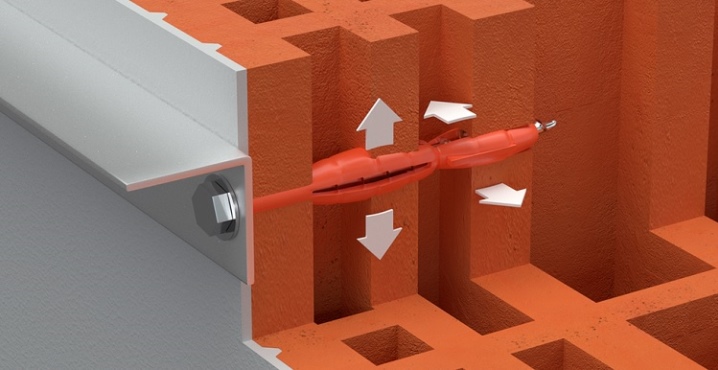
Brick is one of the fundamental inventions of mankind, it has been known in one form or another for millennia. Even at the beginning of the 20th century, when building a brick structure, they tried to take into account the nature of its use as much as possible, now, due to the appearance of fundamentally new methods of mounting on a brick wall, this problem has been removed. In this article, we will consider modern methods of attaching structural elements of a different nature to bricks using the so-called dowels.

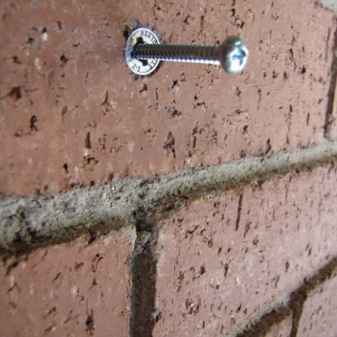
Peculiarities
Half a century ago, in addition to the ubiquitous hammer and pliers, in the set of tools of a self-respecting man, there was also a very specific tool - a bolt. It is a solid steel tube with teeth on one side, sometimes with a steel handle attached to it. A round hole in a brick or concrete wall was punched with a bolt, then a wooden plug was driven into this hole, into which a nail could be driven in or a screw could be turned.

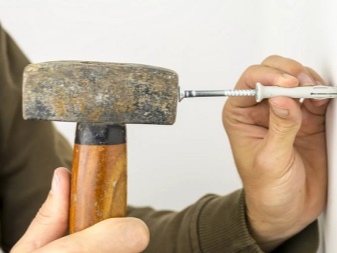
The installation of interior elements was very laborious. The proliferation of electric drills and hammer drills with a set of drills, including those intended for drilling in bricks, has led to the almost complete disappearance of bolts from household tool kits.
Naturally, a variety of consumables appeared, united under the general name - a dowel for concrete, stone, foam concrete and, of course, dowels for bricks. A similar method of fastening has become common to all these products. All of them represent a spacer sleeve, the task of which is to expand the fastener during its installation into a hole made in a particular material. Depending on the material in which the fasteners will be made, the dowel is made of various materials: polyethylene, plastic, brass, steel.
The spacer is due to the deformation of the dowel due to hammering or wrapping a nail, screw, self-tapping screw, bolt, etc. into it.
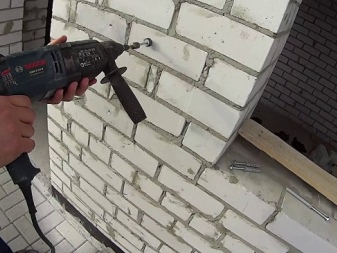
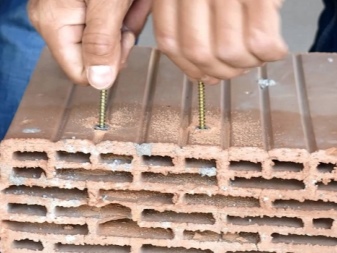
Species overview
The development of expansion dowels has led to the emergence of several types of them. Let's highlight those that were developed for installation in a brick wall.
They can be classified according to several criteria:
- dimensions (length and diameter);
- application (construction, facade, universal);
- by the type of brick for which they are used (solid or hollow);
- by the method of fastening;
- by material.

As you can see, the variety of consumables can be very large. Let's try to classify them by type, as this happens in a hardware store.
- The first group is united by the common name of the dowel-nail. This is a universal fastener that can be successfully applied to solid brick structures, while it is important not to get into the space between the bricks during drilling, in which case it will be problematic to fix such a dowel.
- Anchor facade - the fastener most adapted to hollow bricks, although you can also try using it for solid bricks. Such dowels are made of both metal and plastic.
- Poppet is intended for installation of thermal insulation and has an elongated shape with a special device for fixing the insulation without deforming it, while the spacer part is at the very end of the dowel.
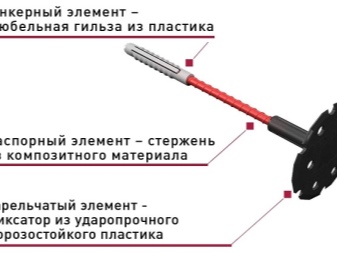
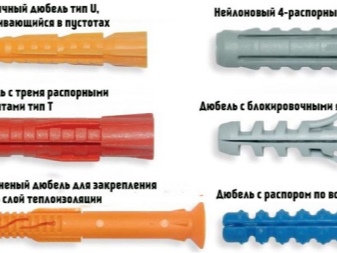
Materials (edit)
What material is preferable? It would seem that what could be more reliable than metal? The advantages of this material are obvious: strength, durability, ability to withstand heavy loads. However, there are also disadvantages to metal spacer fasteners. First of all, their high price and, oddly enough, non-versatility of use. As a rule, such dowels are used to mount any structures to brick walls. It is perfect for hanging various overall equipment: a gas boiler, a water heater, heating system elements, sports simulators, grilles, awnings, etc. A special type of metal consumables are frame fasteners designed for fastening window and door frames to brick walls.
In general terms, the device of a metal dowel is quite simple, in fact, it is a tube with an internal thread, at the working end of which slots are made, and its thickness becomes larger.
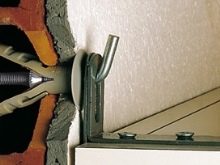
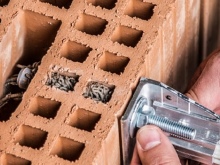
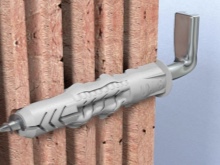
During installation, the dowel is inserted into a prepared hole of the corresponding diameter, and then a stud with an external thread is screwed into it. The hairpin expands the dowel tabs, and they are securely fixed in the hole.
Manufacturing of plastic dowels is much cheaper. This has led to a huge variety of plastic expansion plugs. The simplest of them have the same principle as described above for their metal counterparts.

A screw or self-tapping screw is screwed into the plastic sleeve, a special nail with a threaded notch can also be driven in. The introduction of a metal rod leads to the expansion of the structure petals, which securely fix the dowel in the material. Plastic plugs for hollow bricks have a special design.
During the installation process, their petals are twisted into tight "knots", this helps to fix them in the voids. Reinforced plastic dowels may well compete with some models of metal dowels in terms of fastening reliability. The use of plastic consumables is very wide. From mounting paintings and mirrors to fixing heavy equipment.
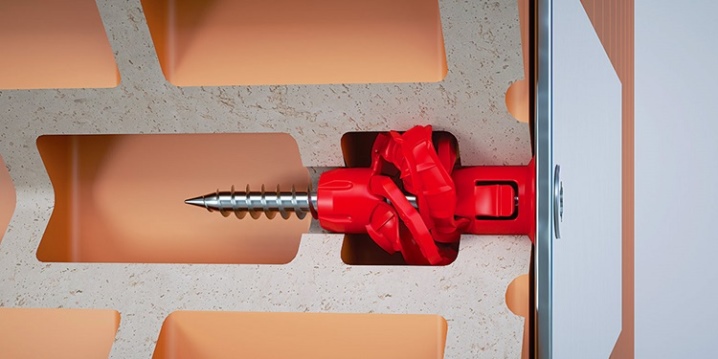
Which one is better to use?
What type of dowel fasteners is best suited for certain works, it can be difficult to determine, first of all, due to the huge variety. When purchasing a dowel, of course, it is always advisable to consult the store so that you do not have to go to the store again. Let's try to give general recommendations. For solid bricks, almost the same dowels are suitable as recommended for concrete. If the walls are made of this kind of material, you might say you're in luck. Most universal anchors will work fine. Even heavy and bulky items can be securely fixed, not to mention shelves and cabinets.
It is quite another matter if the brick is hollow. For hollow bricks, most universal dowels are completely unsuitable. It is dangerous to hammer a nail dowel into such a wall, as this can cause the formation of cracks not only on the surface, but also in the partitions inside the brick, in this case it will be simply impossible to fix anything in the same place, and the hole in the wall will have to be repaired.
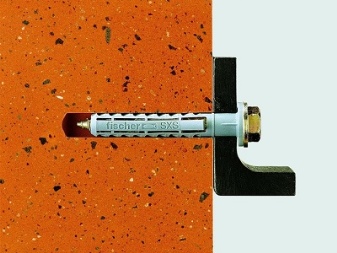
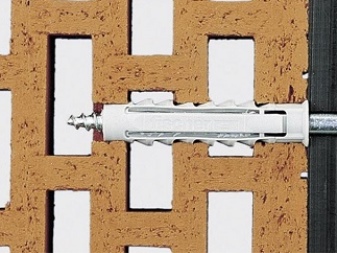
For slotted and hollow bricks, special plastic dowels are required, which roll up into a knot, or metal anchors with petals resting against the partition from the inside. Work with such consumables should be very careful, since, unlike a solid brick, which has voids, as a rule, it is more fragile. A facing brick, combining strength with some decorativeness, requires special care. The appearance of chips and cracks in this case is simply unacceptable. It is also important to remember that such a brick usually has voids to reduce its weight, which greatly limits the use of some anchors and dowel nails.
For facing porous bricks, elongated plastic dowels are most preferable, during the installation process they form complex nodes that can reliably fix them in the voids of such structures. Fasteners for red and silicate bricks are somewhat different.Red is usually softer, and there is a danger of twisting the dowel in the hole if the diameter of the drill is incorrectly selected or the master could not withstand the perpendicular during the drilling process and the hole turned out a little larger.
Sand-lime brick is more tolerant of minor flaws during installation.
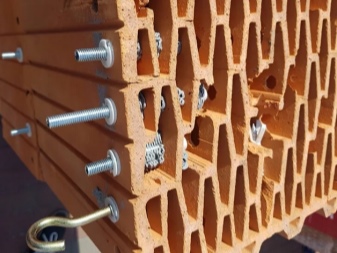
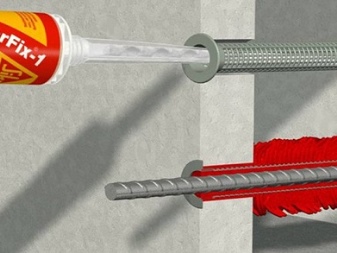
How to fix?
To strengthen the dowel in a brick wall, in order to drill a hole, it is not advisable to use a hammer drill in percussion mode, it is better to work in drill mode. Drilling should be done carefully without jerking, trying to maintain a right angle. This will help avoid cracking and chipping.

For information on which dowel to use for hollow bricks, see the next video.













The comment was sent successfully.